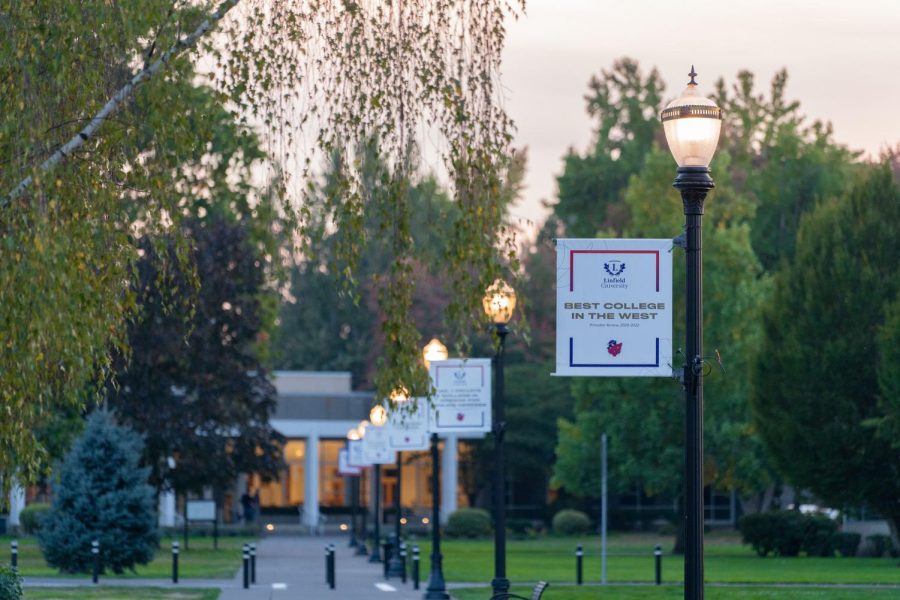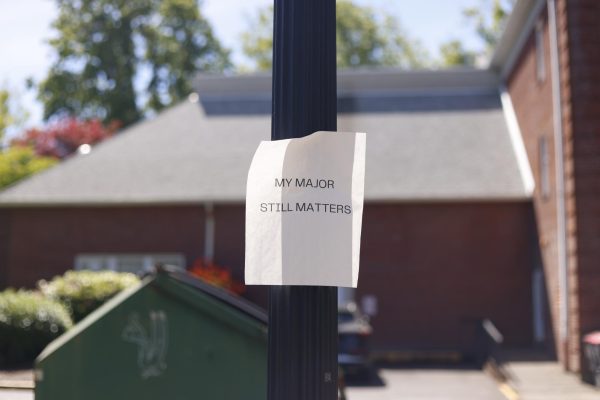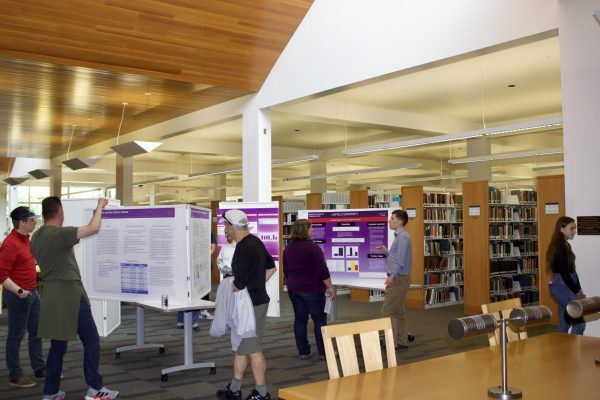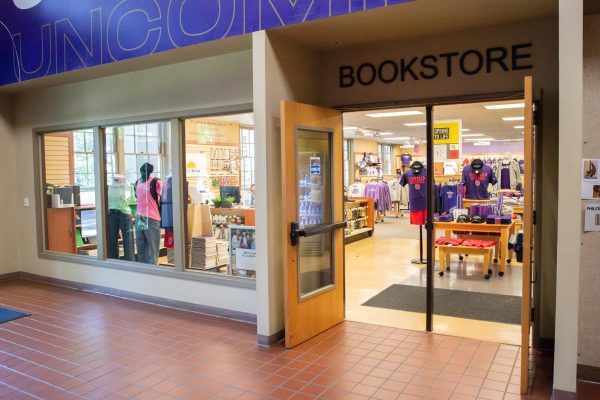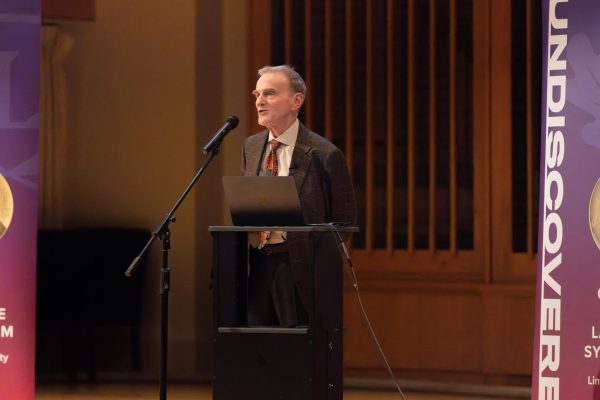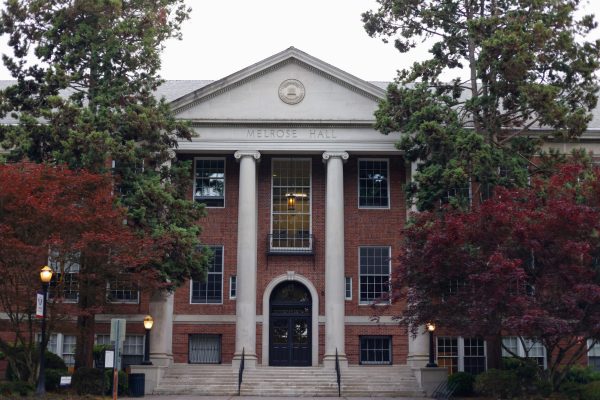Linfield announces increase in Latinx and first-gen population on campus
Linfield University has several signs around campus with their attributes and accolades.
On Nov. 2, 2022, Linfield University announced the student population reached 1,755 in undergraduate and graduate students this fall. Within these numbers, the “total number of Linfield undergraduate students identifying as Hispanic/Latinx is also at an all-time high of 20%,” according to the university.
Forty-nine percent of Linfield’s new undergraduate students are “first-generation”–the first person in their family to go to college. That brings Linfield’s total first-generation undergraduate student percentage to 37 percent.
With first-generation and Latinx students accounting for a large proportion of Linfield’s growth in recent years, this begs the question: how is Linfield providing support to this increasing student population on campus?
Abby Thomas, director of the Diversity, Equity and Inclusion Program, said these early connections are crucial for a successful time at Linfield.
“One of the largest influences is relationship building,” she said. “There’s research that says that if students are engaged in at least one thing outside of the classroom and have one person that they feel has their back, then they are more likely to succeed and stay.”
For first-generation students, there is a First Scholars program. This program pairs incoming students with other-first generation peers, faculty and staff. This is the fourth year this program has been in place, already having a positive impact on campus.
After freshman year, students are able to “pay it back” by becoming a mentor to the next incoming class. Programs like this allow for students to create connections on campus early into the year.
“I would say there are a lot of students that cite this program as a game changer for their experience, starting all the way from pre-orientation and getting to make friends with other first-gen students,” Thomas said.
Joe Latulippe, director of Academic Advising said accommodating towards each student allows for the most success on campus.
“We really have to reevaluate what we do to ensure that all of these students will be successful,” he said. “Successful in meeting their personal goals, and that we have the structures and programs in place to help them do that.”
This fall, Thomas attended the Hispanic Association of Colleges and Universities (HACU). During this conference, organizations share information and ideas to better support the Hispanic community within the college environment.
Although informative, Thomas shared that many of the suggestions have already been put in place on Linfield’s campus. “It was really affirming to heart that we are doing good things,” Thomas said.
Student success is not just through academic achievement, but also through creating long-lasting connections with peers. This can be done through the early orientation and extracurricular activities on campus.
There are several cultural clubs on campus that support communities within the student body. LULA, Linfield University Latinx Adelante, is a growing club on campus to spread awareness about the cultural diversity in South and Central America and strengthen Linfield’s Hispanic/LatinX/ChicanX community.
Other clubs like Black Student Union and Hui O Lōkahi also provide a place for students to connect with culturally similar peers. “We want to make sure students have an opportunity to plug in outside the classroom, be that LULA, First Scholars and then someone who has your back, whether that be a peer mentee, staff or faculty,” Thomas said.
This fall, Linfield went through a strategic plan including opinions from students, faculty, staff and Board of Trustee members. One of the main points within this plan was to increase student retention by 5% in the next five years. For Academic Advising, this could mean reevaluating the structure of mentorship and faculty advising.
“When you look at the strategic plan, there are some points that look to expand what the academic advising model could be, and so in the next three to five years, we could see some shifts in our advising model and how and where the faculty advisors role is utilized,” Latulippe said.
Currently some faculty advisors have fewer than five, while some have more than 50 students that they advise throughout the academic year.
One of the projects discussed as part of the strategic plan is the Moving the Needle Project (MNP), which focuses on increasing student retention in the next five years. This project will allow for departments around campus, like Academic Advising and Diversity, Equity and Inclusion to reevaluate their current models and delivery.
“I do see many opportunities in the near future to revisit a lot of the things we do in Academic Advising,” said Latulippe. Although changes can be made year round, the goals presented with the MNP, the project will “provide more institutional support” in fulfilling and directing decision making.
With this growing population of first-generation and Latinx students on campus, Linfield is slowly accommodating to this shift. Both Thomas and Latulippe found that the most success was found in relationship building outside of the classroom. Specifically making sure that students knew there were people on campus who “had their back”, whether peers, staff or faculty. Although changes might be directed towards these communities, these programs will positively support the student body as a whole.

